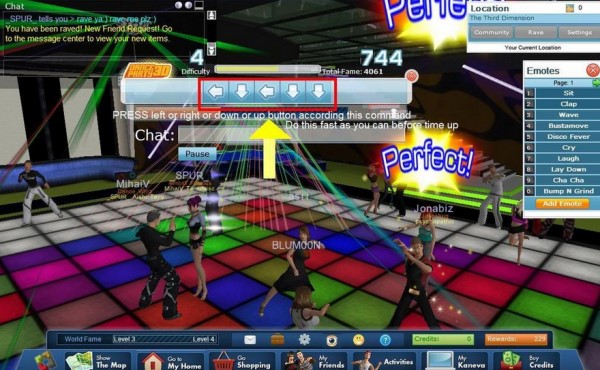

A number of free client programs, or viewers, enable Second Life users, called Residents, to interact with each other through avatars. Second Life (SL) is an online virtual world that was developed and launched on Jby Linden Lab. Institutions could purchase a plot of land, build their educational spaces using the tools provided by the platform and then hold educational activities per their own guidelines limiting access to their students alone if needed. Second Life amongst its peers was the most open-ended platform. These MMORPGs were called virtual worlds and included the following: Second Life, OpenSim, There, Google Lively, Cloud Party, Kaneva, AvayaLive, and Sony Playstation Home They looked like games, but they were not games as there were no mission, no points, and no villains to vanquish. In the mid-2000s, other forms of MMORPGs emerged. In the latter part of the 2000s, networked MMORPG games such as World of Warcraft and The Sims slowly became the norm. When this networked gaming market collided with the virtual reality realm, a whole new breed of games were born: massively multiplayer online roleplaying games ( MMORPG). Players were using text chatting and voice chatting to communicate with each other within the games. Single player gaming was getting replaced by team play. While affordable virtual worlds were making strides, the console gaming community was also experiencing its own evolution games were becoming more social.

The new breed of virtual worlds facilitated the formation of social connections and allowed the sharing of digital assets in a collective authorship as community environment.

In the mid-2000s, just as the Internet went from Web 1.0 to Web 2.0, virtual spaces became more community based. Such an example would be ActiveWorlds, founded in 1995 and is still going strong Starting with the late 1990s, some of the earlier free or affordable virtual reality platforms were intended for solitary explorations.
#Kaneva game master system software
In the past decade, as advances in technology became widely available for public use, new platforms for virtual reality software emerged. The 2000s brought with it a leveling of the playing field through the introduction of better displays, high-powered yet affordable graphics processor cards. The realm of research in virtual reality and simulations in the 1990s was strictly confined to a few high budget research facilities and the military. Recent History of Virtual Educational Spaces VES can be used for simulations, conferences, class presentations, poster sessions, counseling, and self-guided exploration. Virtual Educational Spaces (VES) in its strictest definition stands for virtual 3D environments where a physical space is simulated on a device such as a computer and is accessed by users through the use of graphic UI, mouse, keyboard and/or other controller. Use of Virtual Educational Spaces at SBMI


 0 kommentar(er)
0 kommentar(er)
